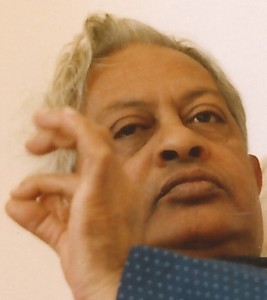 Meditation is not a cure-all but it can be a resolver of many ills if coupled with something called releasing, which requires a bit of effort – conscious effort.
Meditation is not a cure-all but it can be a resolver of many ills if coupled with something called releasing, which requires a bit of effort – conscious effort.
Conscious effort isn’t effort in a work sense, but a memorizing of some basic tenets in such a way that flowing with life becomes automatic. And, when this automation is established, conscious effort is no effort at all, because you ‘ride the waves’ instead of crashing beneath them all the time. Life becomes easy and satisfying instead of a continuous string of problems and suffering.
Meditation on its own, done regularly and frequently, can be a superb relaxation or calming technique, with the consequent benefits of less anxiety, improved relationships and all that. It works because stilling the whole system helps to get us back into our natural state. But those deep furrows – patterns – in our consciousness, gathered over many lifetimes, are the base cause of our problems. They don’t disappear without readjusting our thinking.
Meditation, coupled with the conscious effort needed to undertake a few ‘unconditioning’ exercises, can have a total turnaround effect on your life. Problems that don’t disappear easily can be lessened because a more stilled mind deals with them more competently; without so much stressful effect.
Why is this? It’s because meditation is a form of yoga. Yoga means union; union of (what you presume to be) your three dimensional self with the much greater expanse of your multi dimensional self.
Like other yogas, by doing it you turn your attention towards more still areas within – sometimes referred to as the superconscious. This causes your consciousness to expand a tiny bit because you take on the knowledge of your inner nature. But that extra bit of consciousness enables you to see life in a different perspective – without changing your lifestyle at all. The more you meditate, the more true nature is imbibed (re-awakened); happiness and joy gradually replace boredom and frustration.
However, although stillness brings about stability, becoming more still initially challenges the mind (whose foundation is continuously conjuring up activity).
Is there a solution? Yes. Readjusting our thinking mechanism comes into play here. It’s done, very simply, by accepting what we are – a greater consciousness than the human mind acknowledges – and, consequently, freeing ourselves from those deep impressions (that you don’t even know are there until you experience the stillness, which allows you to face them).
This may sound complicated but it’s not. There are a few simple exercises that can be taken on regularly and frequently that will take care of all the adjustments you require. In this respect, a ‘letting go’ mechanism can be incorporated into both the meditation experiences and the experiences you encounter in daily life. It’s purely scientific and requires no special skills.
I suggest adopting a meditation technique with a good lineage behind it, together with ‘unconditioning’, as described in my book Discover Your Subtle Self as well as recommendations in my articles entitled Living in the Present Moment and Expanding our Consciousness
Melting into Meditation – ebook from Amazon – also contains invaluable tips about meditation that many teachers fail to mention or prioritise (I have found in my 50+ years experience)
© John Lamb
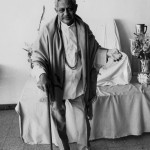
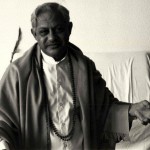
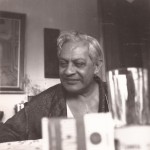

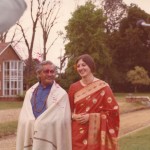
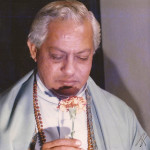



Speak Your Mind